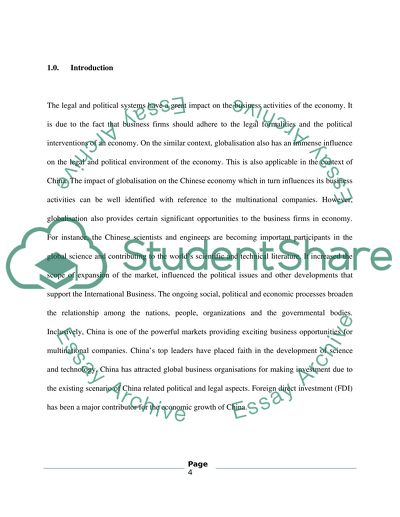Cite this document
(“Global Enterprise and Innovation Essay Example | Topics and Well Written Essays - 2750 words”, n.d.)
Retrieved from https://studentshare.org/environmental-studies/1410288-global-enterprise-and-innovation
Retrieved from https://studentshare.org/environmental-studies/1410288-global-enterprise-and-innovation
(Global Enterprise and Innovation Essay Example | Topics and Well Written Essays - 2750 Words)
https://studentshare.org/environmental-studies/1410288-global-enterprise-and-innovation.
https://studentshare.org/environmental-studies/1410288-global-enterprise-and-innovation.
“Global Enterprise and Innovation Essay Example | Topics and Well Written Essays - 2750 Words”, n.d. https://studentshare.org/environmental-studies/1410288-global-enterprise-and-innovation.


